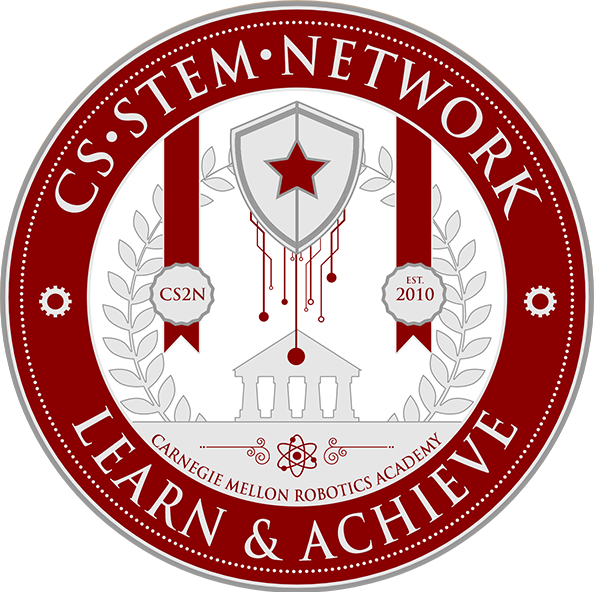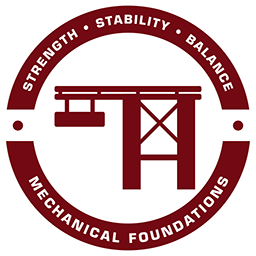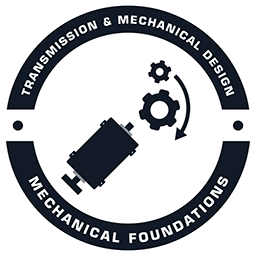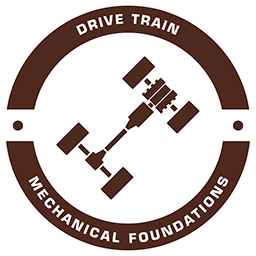
Mechanical Foundations (through VRC)
VRC: Applying for your Mechanical Foundations Micro-Certification
As a member of a VEX Robotics Competition (VRC) team, you have built up a number of valuable technical skills. Micro-Certifications, brought to you by RECF and the Carnegie Mellon Robotics Academy, let you showcase these skills as part of a college application or resume, or simply let others know what you have accomplished through VRC.
The Mechanical Foundations Micro-Certification covers structural design, weight distribution, drivetrains, fastening, and speed and torque which are common concepts robotics technicians need to understand.
The exam portion of this Micro-Certification will test your knowledge of these concepts to determine if you meet or exceed the foundational knowledge needed as a Robotics Technician.
To apply for yours:
As a member of a VEX Robotics Competition (VRC) team, you have built up a number of valuable technical skills. Micro-Certifications, brought to you by RECF and the Carnegie Mellon Robotics Academy, let you showcase these skills as part of a college application or resume, or simply let others know what you have accomplished through VRC.
The Mechanical Foundations Micro-Certification covers structural design, weight distribution, drivetrains, fastening, and speed and torque which are common concepts robotics technicians need to understand.
The exam portion of this Micro-Certification will test your knowledge of these concepts to determine if you meet or exceed the foundational knowledge needed as a Robotics Technician.
To apply for yours:
- (Optional) Review the lesson materials to brush up and see what is covered by the exam
- [REQUIRED] Upload photos of your work to your portfolio according to the prompts
- [REQUIRED] Obtain approval of your uploads by CMRA or a Certified Teacher**
- [REQUIRED] Take the online exam (60 min, multiple choice, passing = 70%)**
- **Requires purchasing Student Certification Access and have CMRA or a CMRA Certified instructor approve uploads

In this section, we will review structures and what it means to have a durable structural foundation. A structure also must take into account its weight distribution so that its center of gravity keeps the structure from tipping over even if some portions extend outside the base.
Transmissions work alongside motors to allow systems to deliver more Torque or Speed to its spinning parts. For this unit, we’ll be assessing your understanding of Mechanical Advantage using gear trains, and assemblies using chains and sprockets.
Picking a drivetrain for your robot will greatly depend on the task that the robot is trying to achieve. The most basic drivetrain for a robot usually consists of a chassis, motors that are attached to the chassis, and wheels that are attached to the motor. This unit will assess students’ understanding of drivetrains and will look for an example of a drivetrain from their robot.



